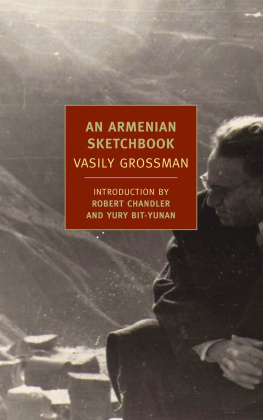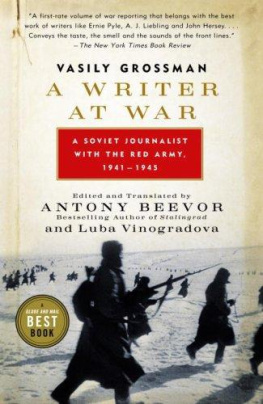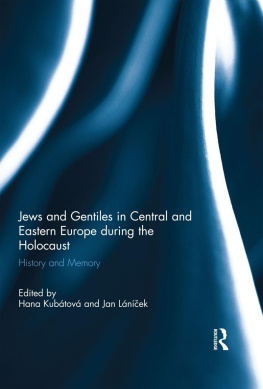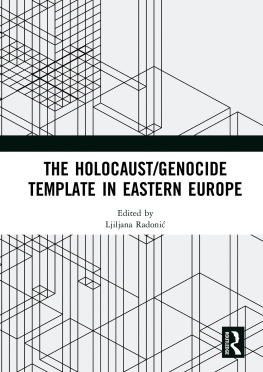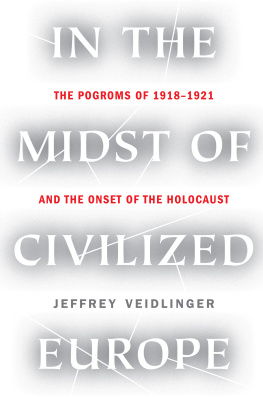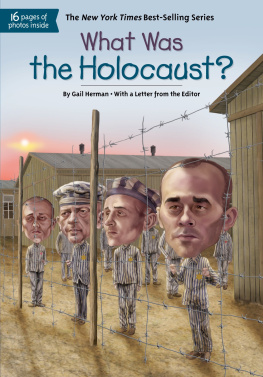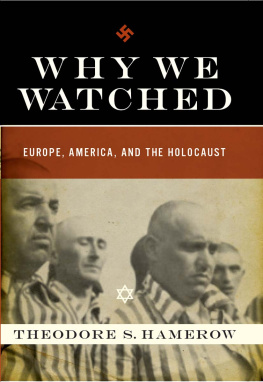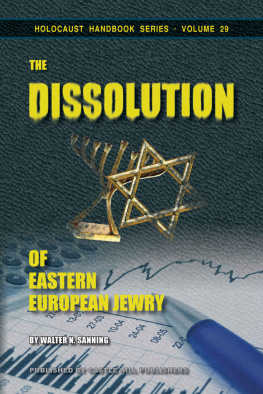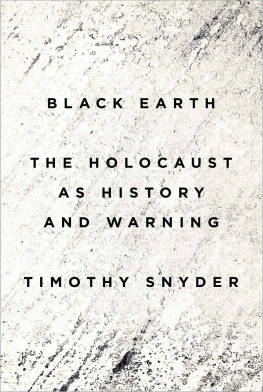Vasily Grossman - The Complete Black Book of Russian Jewry
Here you can read online Vasily Grossman - The Complete Black Book of Russian Jewry full text of the book (entire story) in english for free. Download pdf and epub, get meaning, cover and reviews about this ebook. year: 2003, publisher: Routledge, genre: Politics. Description of the work, (preface) as well as reviews are available. Best literature library LitArk.com created for fans of good reading and offers a wide selection of genres:
Romance novel
Science fiction
Adventure
Detective
Science
History
Home and family
Prose
Art
Politics
Computer
Non-fiction
Religion
Business
Children
Humor
Choose a favorite category and find really read worthwhile books. Enjoy immersion in the world of imagination, feel the emotions of the characters or learn something new for yourself, make an fascinating discovery.

- Book:The Complete Black Book of Russian Jewry
- Author:
- Publisher:Routledge
- Genre:
- Year:2003
- Rating:3 / 5
- Favourites:Add to favourites
- Your mark:
The Complete Black Book of Russian Jewry: summary, description and annotation
We offer to read an annotation, description, summary or preface (depends on what the author of the book "The Complete Black Book of Russian Jewry" wrote himself). If you haven't found the necessary information about the book — write in the comments, we will try to find it.
The Complete Black Book of Russian Jewryis a collection of eyewitness testimonies, letters, diaries, affidavits, and other documents on the activities of the Nazis against Jews in the camps, ghettoes, and towns of Eastern Europe. Arguably, the only apt comparism is to The Gulag Archipelago of Alexander Solzhenitsyn. This definitive edition of The Black Book, including for the first time materials omitted from previous editions, is a major addition to the literature on the Holocaust. It will be of particular interest to students, teachers, and scholars of the Holocaust and those interested in the history of Europe.
By the end of 1942, 1.4 million Jews had been killed by the Einsatzgruppen that followed the German army eastward; by the end of the war, nearly two million had been murdered in Russia and Eastern Europe. Of the six million Jews who perished in the Holocaust, about one-third fell in the territories of the USSR. The single most important text documenting that slaughter is The Black Book, compiled by two renowned Russian authors Ilya Ehrenburg and Vasily Grossman. Until now, The Black Book was only available in English in truncated editions. Because of its profound significance, this new and definitive English translation of The Complete Black Book of Russian Jewry is a major literary and intellectual event.
From the time of the outbreak of the war, Ehrenburg and Grossman collected the eyewitness testimonies that went into The Black Book. As early as 1943 they were planning its publication; the first edition appeared in 1944. During the years immediately after the war, Grossman assisted Ehrenburg in compiling additional materials for a second edition, which appeared in 1946 (in English as well as Russian).
Since the fall of the Soviet regime, Irina Ehrenburg, the daughter of Ilya Ehrenburg, has recovered the lost portions of the manuscript sent to Yad Vashem. The texts recovered by Ms. Ehrenburg include numerous documents that had been censored from the original manuscript, as well as items that had been hidden by the Grossman family. In addition, she verified and, where appropriate, corrected the accuracy of documents that had already appeared in earlier editions of The Black Book.
Vasily Grossman: author's other books
Who wrote The Complete Black Book of Russian Jewry? Find out the surname, the name of the author of the book and a list of all author's works by series.


